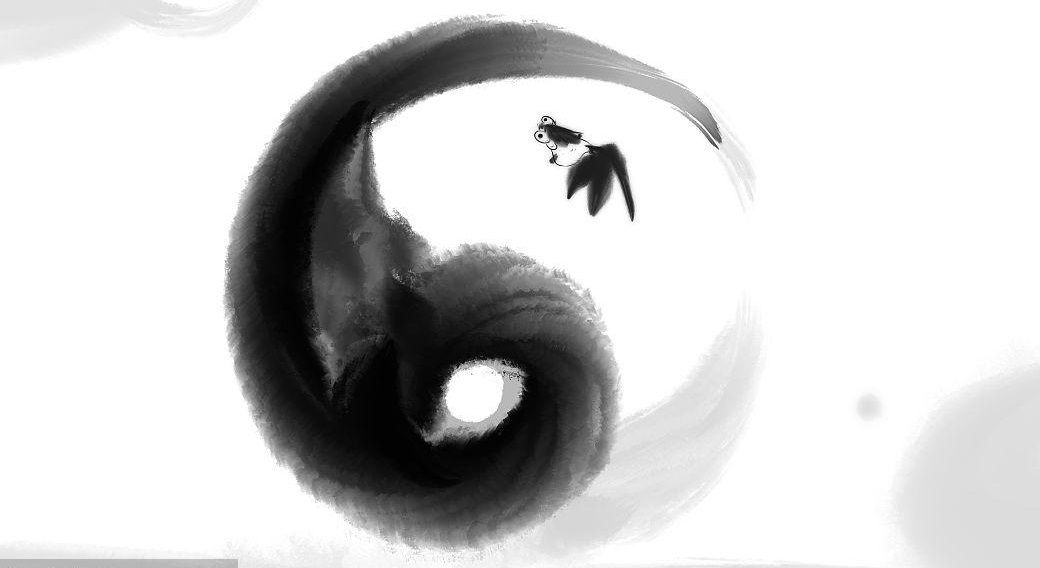The Art of War Unveiled: Sun Tzu’s Timeless Wisdom in Modern Strategy
Chinese military strategy, as exemplified by “The Art of War,” constitutes a crucial component of our traditional culture, serving as a precious heritage that demands critical inheritance in our contemporary pursuit of advanced cultural development.
“The Art of War” by Sun Tzu is renowned globally as the “world’s premier military treatise.” With over two hundred annotated editions and around four hundred versions, translated into nearly thirty languages, its profound influence has transcended generations. Comprising thirteen chapters covering various military concepts such as strategy, tactics, deception, formations, and the art of war, this masterpiece has left an indelible mark on military thought.
Want to know the best version of the art of war?
The timeless wisdom encapsulated in “Sun Tzu, know your enemy” is especially relevant when dissecting the intricate nature of competitive dynamics. This wisdom serves as the rational beacon guiding individuals through the labyrinth of modern competition. Concepts such as “using intelligence to overcome strength,” “flexibility triumphing over rigidity,” and “victory without direct conflict” illuminate the path forward. These principles, enriched by profound philosophical ideas like “winning hearts with virtue” and “harmony between heaven and humanity,” showcase the rationality inherent in Sun Tzu’s teachings.
One particularly resonant insight comes from the “Sun Tzu, know your enemy: The Use of Spies” chapter, where it states, “All warfare is based on deception. Hence, when we are able to attack, we must seem unable; when using our forces, we must appear inactive; when we are near, we must make the enemy believe we are far away.” This analogy likens the principles of warfare to the flow of water, adapting to the terrain and exploiting the enemy’s vulnerabilities. It emphasizes the need for dynamic strategies tailored to the ever-changing circumstances of conflict.
In essence, the strategies of warfare, akin to the fluidity of water, have no fixed or immutable form. Those who can adapt to the changing enemy conditions and emerge victorious can be considered strategic geniuses. The key principles of “Sun Tzu, know your enemy” — avoiding the obvious, striking the vulnerable, and adapting to the enemy — remain fundamental to “The Art of War” and find widespread application in modern management within both domestic and international enterprises, preserving their historical significance.
James Clavell, an American translator of “The Art of War,” expressed the importance of incorporating its teachings into military education. He suggested that high-ranking officers, especially generals, should undergo biannual examinations on the thirteen chapters of Sun Tzu’s work, emphasizing its pivotal role in military leadership.
Mark McNeilly, an expert on Sun Tzu, echoed the sentiment, stating that “The Art of War” is a must-read for senior military students and has seamlessly integrated into the military doctrines of the U.S. Army and Marine Corps.
Numerous strategic decision-makers base their considerations on Sun Tzu’s principles, and during the Gulf War in 1990, it is said that U.S. President Bush had two books on his desk: “The Gallic Wars” and “The Art of War.”
Chapter One: Patiently Awaiting Blossoms
Sun Tzu said: The expert in battle plans to make themselves invincible, then waits for their enemy’s vulnerability. Invincibility lies in oneself, vulnerability in the enemy. Skilled warriors become invincible and prevent their enemy’s invincibility. Hence, victory can be understood but not forced.
What then, constitutes understanding victory but not forcing it?
Firstly, abstaining from force. This involves self-improvement, consistently considering potential failures, weighing costs, losses, and risks.
Secondly, waiting. Waiting for invincibility in oneself and the enemy’s vulnerability. When both converge, seize the opportunity for a decisive battle.
Thirdly, luring the enemy. Using clever tactics, avoiding overuse.
Chapter Two: Perseverance
The invincible focuses on defense, while the conqueror emphasizes attack. Emphasizing defense leads to inadequacy; attack leads to surplus. Skillful defense is about concealing intentions, accumulating, deepening, focusing, and persisting, gradually evolving to invincibility. Attack demands overwhelming advantage, seeking not just self-preservation but also securing enemies, territories, and resources for one’s use.
Chapter Three: Preparedness
Victory understood by the masses is not the epitome of excellence. True excellence is conquering before the world recognizes victory. Those adept at war achieve victory without acclaim or recognition. Victory consistently achieved without deviation—what they plan, they achieve. They stand in invincibility and prevent the adversary’s victory. This wisdom lies in foreseeing challenges before they emerge, always prioritizing stability.
As an individual, never harbor illusions of luck. Through dedicated effort, one stands invincible. Seek battles with the intent to win decisively.
As a leader, exercise caution, accurately assessing subordinates’ capabilities.
Chapter Four: Blending Benevolence and Severity, Winning Hearts
The skilled wielder of military strategy maintains discipline, securing victory. The strategy involves estimation, calculation, computation, measurement, and victory. When employing victorious forces, it’s like using a balanced scale, while employing defeated forces is like using an unbalanced one. The form of victory in battles is as critical as diverting accumulated water through a narrow gorge.
Way refers to subduing adversaries through adherence to norms. Law denotes strict military discipline, upholding morality, utilizing it for one’s own benefit. Estimation, calculation, computation, measurement, and victory combine to form a plan, thereby understanding victory.
These three principles embody the perpetual essence of Sun Tzu’s Art of War: National strength, political progress, and stringent rule of law.
In conclusion, the study of “The Art of War” allows us to deeply appreciate the richness and essence of Chinese culture. Our ancestors, thousands of years ago, possessed a remarkably precise and profound understanding of the principles we engage with today. Reflecting on their greatness and the depth of Chinese civilization, we should continue to explore our cultural classics, fostering deeper understanding and recognizing the boundless wisdom within. Only through such exploration can we achieve greater success in our future endeavors, both in life and learning.
